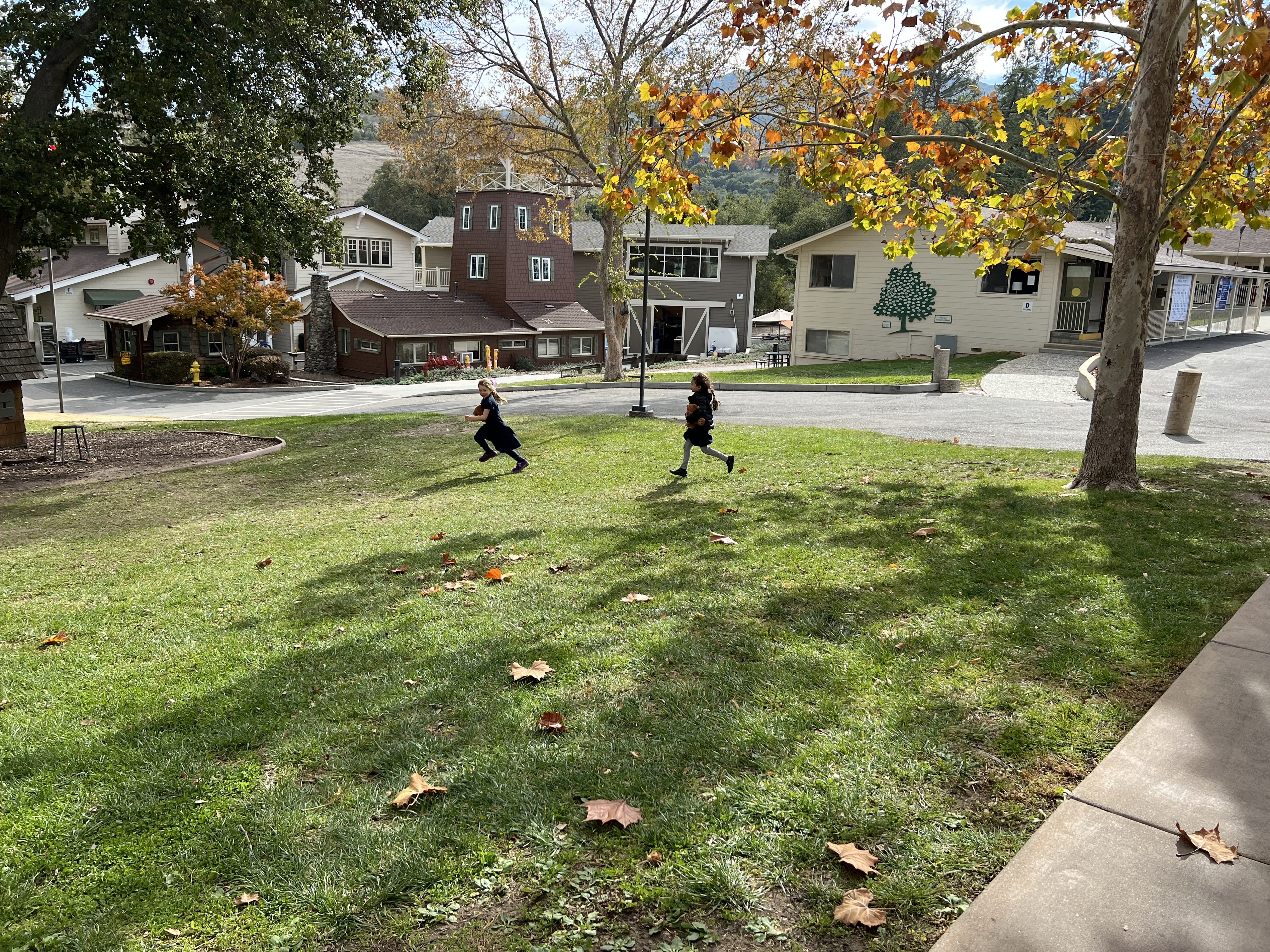Welcome to our Curriculum Connections! This is your weekly periscope into classes across campus – we’ll share new learning, challenges, accomplishments, and commentary from students in Lower and Middle School. Enjoy!
Array We Go! 4th Grade Math Seeks Out New Dimensions
This week, fourth grade mathematicians were solving a multi-day story problem starting with: How many ways can you pack 24 oranges? Using arrays (rows & columns) and layers, students found 16 different box dimensions that work to pack the 24 oranges, sharing both their array and layer answers as well as the methods they employed to reach them in poster presentations. Using drawings, connecting cubes, counting and multiplying, students flexed their problem-solving and their math communication as they justified their answers. During number talks, they practiced multiplication of two digit numbers, shared their thinking and using terms, like factor and multiple. From there, the question turned to: How much cardboard is needed to make each of the 16 box configurations? And which box uses the least cardboard? Students in new partner pairs determined the number of square units of cardboard needed for each box, practicing reasoning about repeated addition, keeping track of the 6 faces of a cuboid, and also discovering triumphantly that many boxes (e.g. 12 wide, 1 long, 2 high, and 2 wide, 12 long, 1 high) require the same amount of cardboard to make! In another juicy moment, students noticed that the phrase “adding a zero” to describe multiplying by 10 doesn’t make sense at all! Describing their answer a student said “well I also didn’t ‘add a zero,’ I put a zero in the one’s place.” This problem-story invites many ways of thinking about multiplication, prepares students to understand division, and connects what they already know about arrays to side lengths and area.
The Long March: 8th Graders Study John Lewis’s Life and Legacy
Eighth graders this week began their study of March, John Lewis’s autobiographical account of his life and involvement in the Civil Rights movement. In groups of two to three, students began their discussions of the first section, turning an analytical eye to the illustrations, word choice, repetition, and other literary devices to illuminate the authors’ perspective, purpose, and themes. This daily guided study of the book will interleave historical and news artifacts to deepen students’ context for understanding Lewis’s life and message. Students have read Lewis’s last article, released on the day of his funeral, and will read this obituary. They also watched the first twelve minutes of former President Obama’s speech given in 2015 at the 50th anniversary of the Selma marches. Each day, after discussing the lesson’s questions with their group, students submit written summaries of their analysis, over time creating an individual account of how the book’s most important ideas develop, using specific textual evidence and synthesizing their growing historical knowledge with their reading. Along with beginning the book, students read and discussed the mastery-based rubric that will direct the project’s assessment. By sharing specific descriptions of ways to meet expectations in four areas, students can direct their efforts to the specific ways in which their reading, writing, and work habits can grow during this unit. We are eager to unpack students’ experience of the text, give them opportunity to practice historical and literary analysis in tandem, and use Lewis’s incredible life story as both a mirror and a window for each of us as we navigate growing up caring about something and turning our ideas into action.
